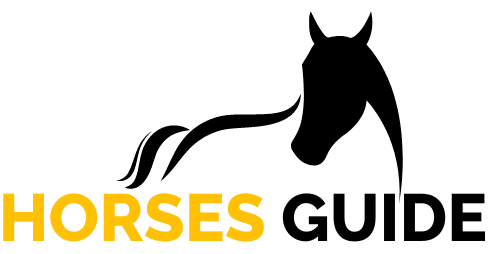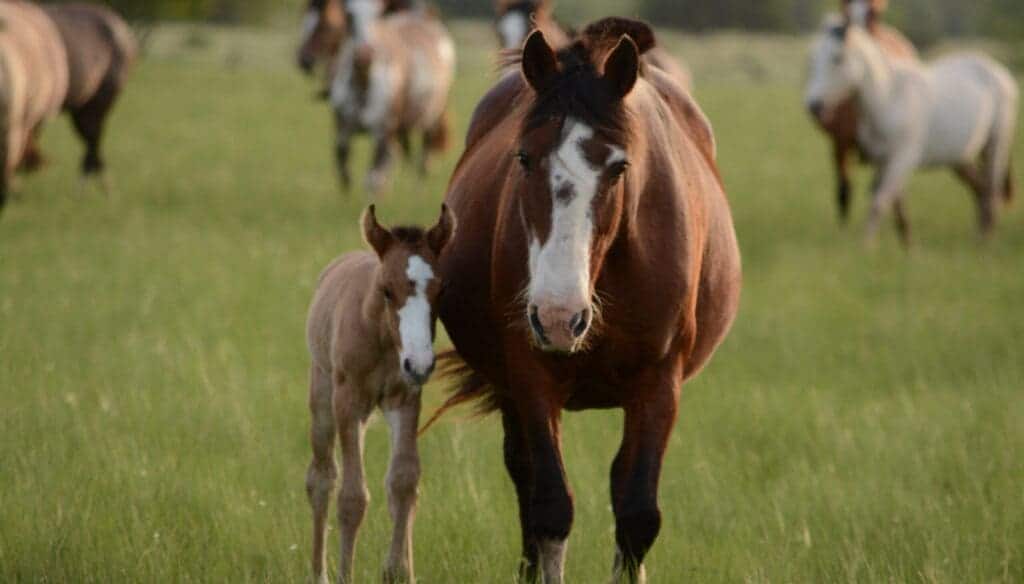Table of Contents
Do you want to understand horse breeding? However, do you know there are certain seasons for breeding horses? Moreover, you must look into a proper list of horse breeds to breed your horses, such as the biggest horse breed. For someone who loves to keep horses as a passionate hobby, breeding their horses is also a necessity. Now, you must think about where to learn about horse breeding techniques. Look no further, as we will rise onto a journey where you’ll explore every little detail of how you can breed horses. From Belgian draft horses to the many horse breeds in the world, we will discover everything here. Therefore, let us jump onto this journey without any more delays.

Horse Breeding
The planning of mating horses to emphasize traits, such as size, strength, and unique coat colors, is horse breeding. Artificial insemination is one of the breeding techniques that has improved conception rates and ensured healthy pregnancies and foalings. Among the more common breeds, draft horses such as the Belgian Draft and the Shire are notable for their sturdy frames, which are necessary for agricultural tasks and pulling carriages.
Another important factor is color; breeds such as the Camarillo White Horse are great for their distinctive pure white coats. Horses produced through this carefully controlled selection process are suited for various tasks, including heavy lifting and riding. Horse breeders worldwide, especially in the US, preserve and expand their breeds to preserve common and uncommon genetic lines. By doing this, they add to the enormous range of horse breeds that exist today, each well-adapted to a particular set of circumstances and responsibilities. Let us learn about some horse breeds and how breeding takes place.
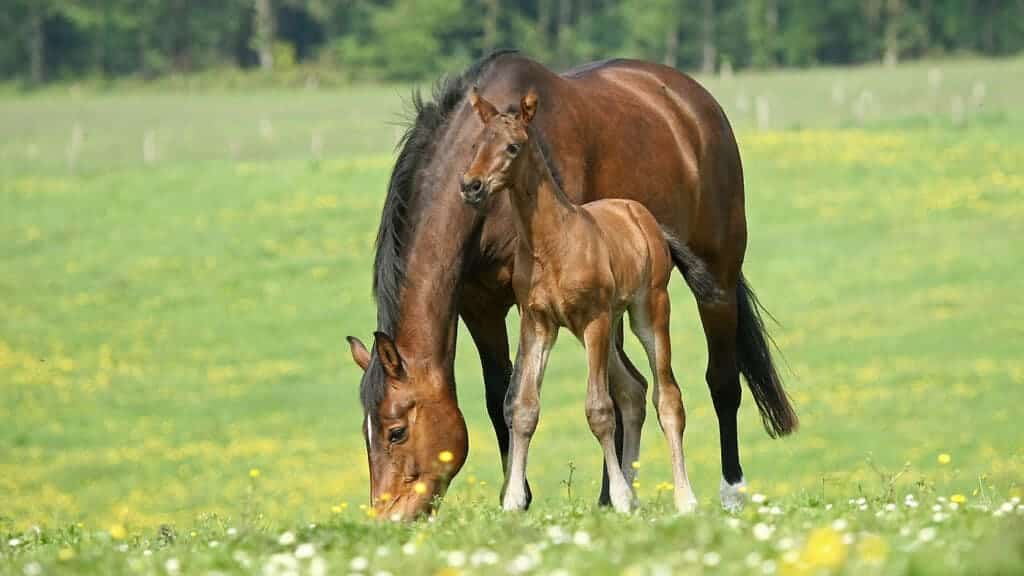
Breeds of Horses: Accurate Horse Breeding
Breeding horses includes choosing breeds according to desirable characteristics such as size, strength, temperament, and color.
1. Belgian Draft Horse
First Draft in Belgium Horses bred for challenging field labor are known for their strength and serene disposition.
2. The Shire Pony
It is one of the tallest horse breeds, prized for its strength and size in jobs requiring drafts.
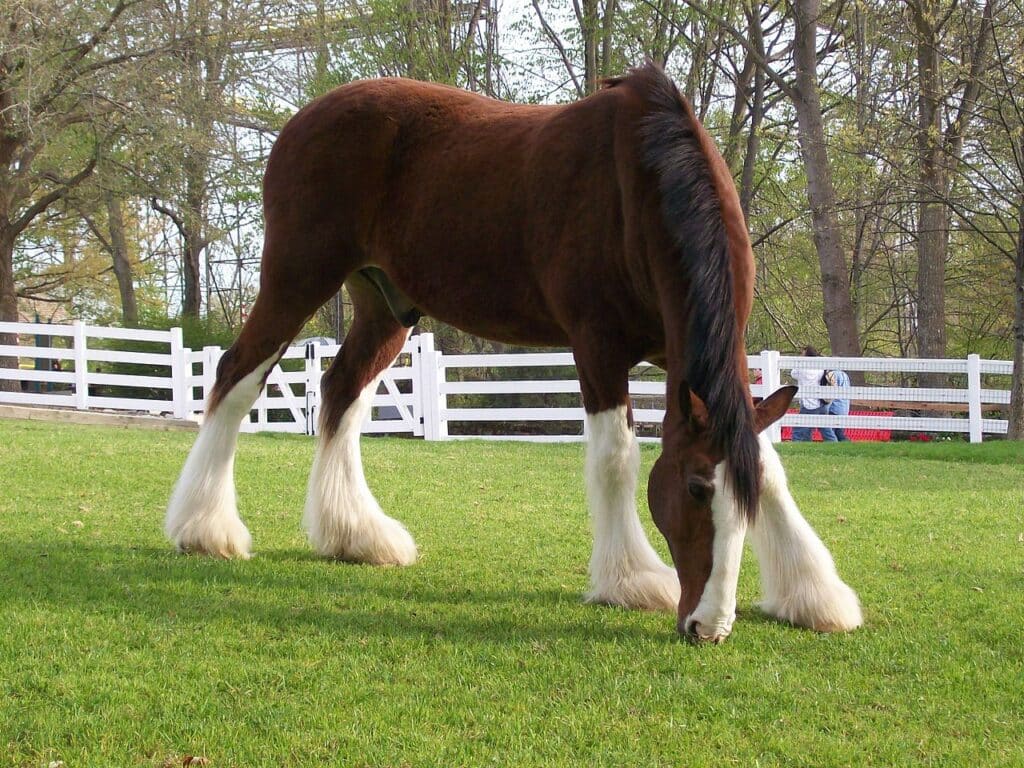
3. Clydesdale
Easily identified by its fluffy feet, it was raised to have a unique look and amiable disposition.
4. West Point White Horse
Due to its remarkable beauty, this rare breed produces white horses for exhibits. It has a beautiful white coloring coat.
5. The Percheron for Horse Breeding
Strong and adaptable, utilized in both riding horses and draft sports.
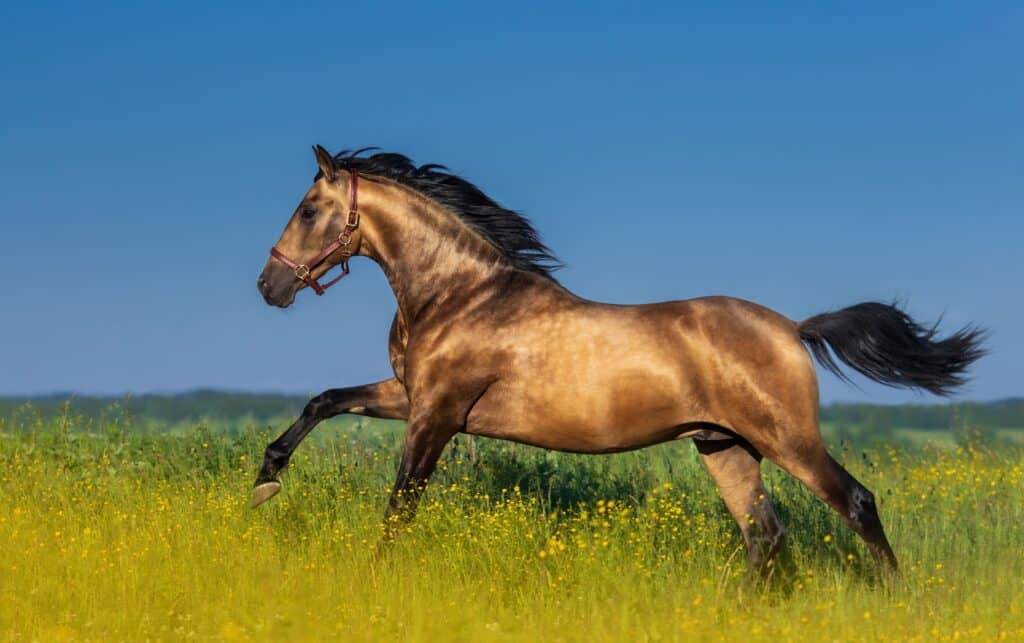
6. Spanish
Graceful and agile in their breeding, elegant and proficient in dressage.
7. Purebred for Horse Breeding
Renowned for racing and highly regarded for agility, speed, and spirit.
8. Equines with quarters for Horse Breeding
Well-liked in the United States for ranch work and rodeos; bred for adaptability and peaceful nature.
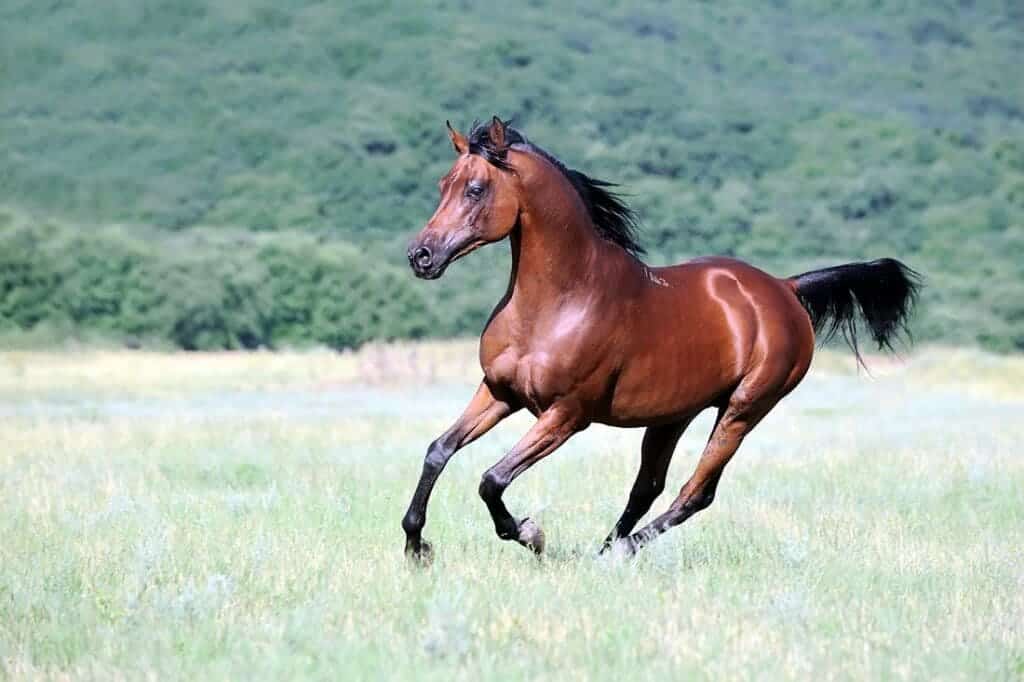
9. Arabian
A brilliant and resilient ancient breed that influenced numerous other breeds.
10. Friesian
Bred for beauty and kind demeanor, it is distinguished by its stately carriage and black bay coat.
Breeding-Related Problems
Breeding must carefully control genetics to maintain genetic diversity and prevent diseases like lethal white syndrome. Every breed is there with distinct objectives for the offspring, whether for competition, work, or display. Hence, the intended use of the offspring is a significant factor in selecting a breed for horse breeding. Effective horse breeding techniques depend on choosing the appropriate breeds for crossbreeding or boosting particular features, whether the goals are strength, speed, endurance, or appearance. Confirmation of a horse is usually done to identify its physical abilities. 
Horse Breeding Techniques
Various methods are used in horse breeding, depending on the objectives and requirements of the breeders. Anybody participating in the business, from professional breeders to equestrian hobbyists, must comprehend these techniques.
Live Cover
Live Cover is the most conventional method of breeding horses. A stallion and a mare mate directly through physical contact. It is the only technique approved for ensuring pedigree purity in thoroughbred breeding. Since stallion sperm can survive in the mare for several days, this method permits natural selection without exact timing.
Artificial Insemination (AI)
There are two primary forms of AI which are common in many horse breeds:
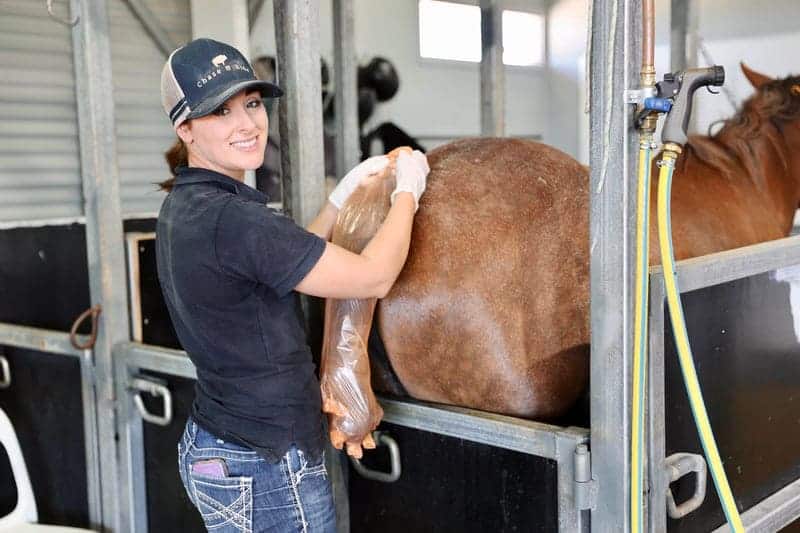
AI for Chilled Semen
After being collected, cooled, and sent to breeding facilities, semen has roughly 48 hours to be viable. To maximize the likelihood of successful fertilization, the mare must be inseminated close to the ovulation period.
AI for Frozen Semen
This technique employs frozen and long-term preserved semen for long-distance and posthumous breeding. The brief viability of thawed semen, which requires careful ovulation monitoring, makes the timing of insemination crucial.

Embryo Transfer
Using this cutting-edge method, a mare can continue competing and birth several children in a year. After breeding, an embryo is taken from the donor mare and given to a recipient mare, who will carry it to term. This method can benefit valuable mares and individuals incapable of maintaining a pregnancy.
Management and Monitoring
Close attention to the mare’s reproductive cycle is necessary for successful breeding, especially regarding ovulation time. To manage twins and determine fetal viability, pregnancy tests are essential. The health and welfare of the mare and foal are guaranteed by taking good care of the mare’s diet, immunizations, and overall well-being.
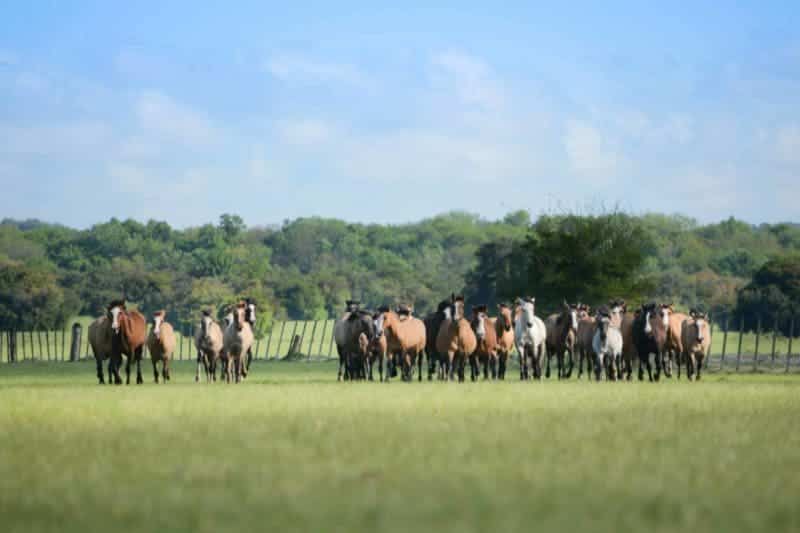
Breed-Specific Considerations
Certain horse breeding mount techniques may be needed for a given breed. For instance, size and strength are generally bred into draft horse breeds like Belgian Drafts and Shires, which are crucial for jobs like farm work and carriage horse pulling. Breeds that are color-specific, like the Camarillo White Horse, need to control their genetic makeup to preserve desired characteristics and prevent diseases like deadly white sickness.
One must comprehend and apply these methods to properly breed horses while considering ethical factors such as animal welfare and genetic diversity. In addition to preserving desired qualities, the objective is to improve the breed and guarantee the sustainable management of horse populations worldwide.
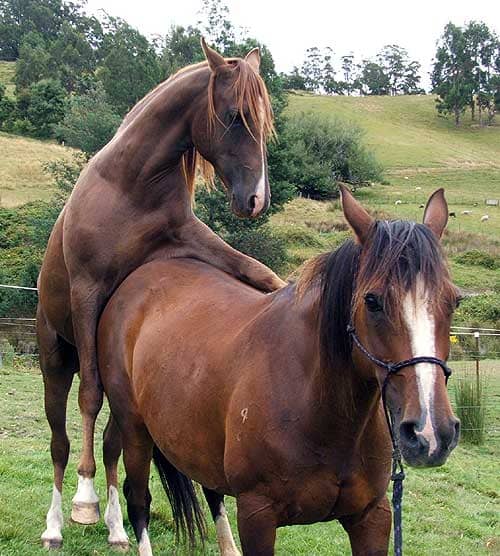
Final Thoughts on Horse Breeding
The world of horse breeding is remarkably diversified, ranging from the robust draft horse breeds necessary for agricultural activity to the elegant Shire horse and Belgian Draft breeds Horses. Our investigation ranges from beginning horse breeding methods to complex genetic issues such as avoiding lethal white markings disease. We’ve covered many horse breeds, from large breeds like Clydesdale horses, known for their substantial size, to uncommon breeds like Camarillo true white horses, distinguished by their distinctive hue and the black coat horses. This investigation into different horse breeding techniques, such as regulated processes and traditional studding, emphasizes how vital breeding is to preserving the overall well-being of these magnificent animals.
In conclusion, the art and science of big horse breeding are crucial in maintaining and increasing horse breeds’ various qualities and skills worldwide as we support these animals for riding, farm work, or carriage employment.


